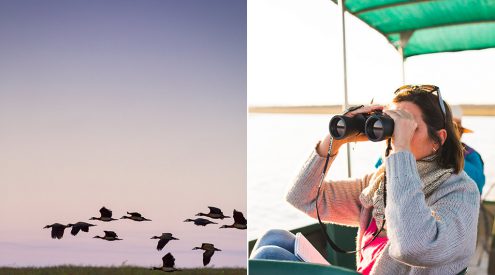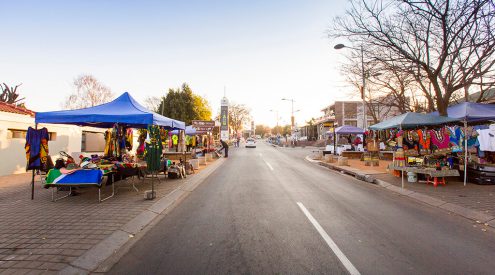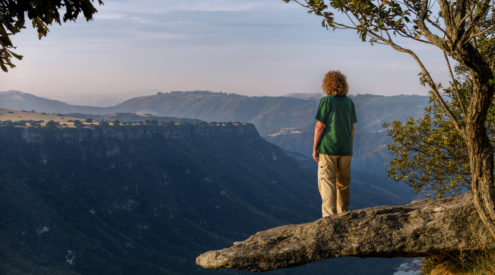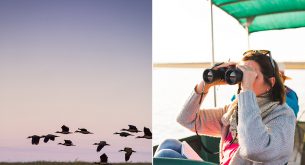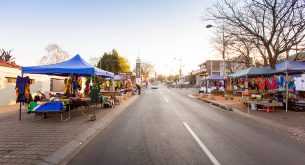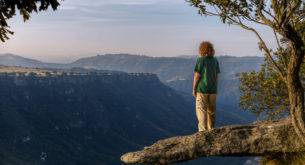An isolated island in the middle of the southern Atlantic Ocean has become what seemed to be an unbelievable home for the world’s smallest flightless bird. The island, aptly named Inaccessible Island, has gone mostly uninhabited by animal life. No land mammals, amphibians, reptiles, butterflies or snails can be found living there, but the tiny Inaccessible Island rail (Atlantisia rogersi) calls it home.
First discovered in the 1920s, the Inaccessible Island rail is a small bird with brown plumage, black beak and feet and bright red eyes. It only weighs between 34 and 49 grams – lighter than a chicken’s egg – and can only be found on Inaccessible Island.
The island earned its name for the sheer cliffs that surround it and its small rocky beaches – features which make it one of the world’s most uninviting and remote places.

The aptly-named Inaccessible Island, the only place where the Inaccessible Island rail lives, is a small and inhospitable island with sheer sea cliffs and rocky beaches. (Source: Peter Ryan)
In 1923, a British physician named Percy Lowe gave the Inaccessible Island rail its own genus – Atlantisia, which refers to the mythical island of Atlantis. When Lowe discovered the bird, he hypothesized that it had traveled to the island on foot from Africa or South America via a land bridge that no longer exists.
Research conducted by a team of scientists, including two from the University of Cape Town (UCT), has revealed just how the modern rail’s ancestors first made their way to the island. The researchers collected DNA samples from a male rail during a visit to Inaccessible Island seven years ago.

After arriving at Inaccessible Island 1.5 million years ago, a habitat free of predators and with food in abundance, the Inaccessible Island rail lost its ability to fly. (Source: Peter Ryan)
Using next-generation DNA sequencing techniques to compare DNA sequences with other species of rail, the researchers were able to determine which species of rail the Inaccessible Island species is most closely related to.
By looking at the extent of the differences between the two sister birds’ DNA, researchers were able to determine that the Inaccessible Island rail immigrated to the island approximately 1.5 million years ago.
The results show that the species most likely originates from South America, as its closest living relative, the dot-winged crake, currently resides there.
“Birds of the rail family are extraordinarily good at colonising remote islands,” explains Professor Peter Ryan, director of the UCT FitzPatrick Institute of African Ornithology, and one of the study’s authors.
“Finding themselves in an environment free of predators, the rails had no need to fly and could fully transition into their typical behaviour: skulking around in dense grass, like mice or rats,” says Dr Martim Melo, also from the UCT FitzPatrick Institute and one of the study’s researchers.
The researchers also discovered that it was unlikely that the Inaccessible Island rail walked to the island – the bird most likely flew or made use of floating debris to reach the island. “Whether they flew all the way or were swept off by a storm and then landed on debris, we can’t say. In any case, they managed to make it from the mainland of South America to Inaccessible Island,” said Dr Martin Stervander of Lund University.

New research involving scientists from UCT used genetic techniques to figure out how the ancestors of the Inaccessible Island rail arrived on the island. The DNA of this particular male rail was used in the study.
When the birds arrived at the island, they found a place free of predators and with abundant food. The birds no longer needed strong wings to survive and over time evolved into a flightless species. At least 32 isolated, living rail species have either lost their ability to, or are less capable of, flying.
The rails living on Inaccessible Island have subsequently thrived and will continue to do so – as long as no predators are introduced to the island.
Picture: UCT

